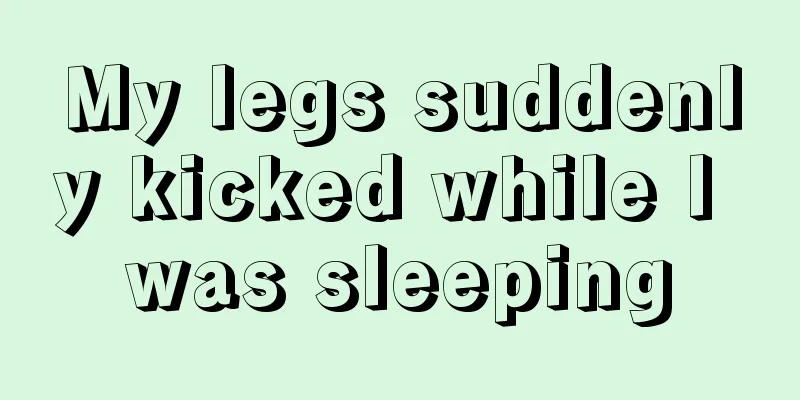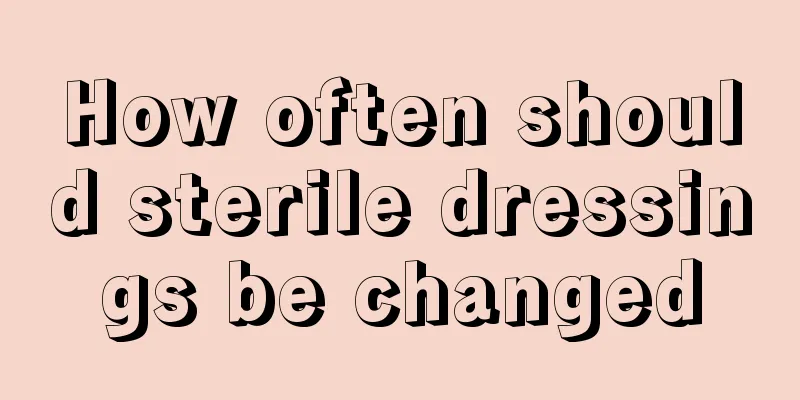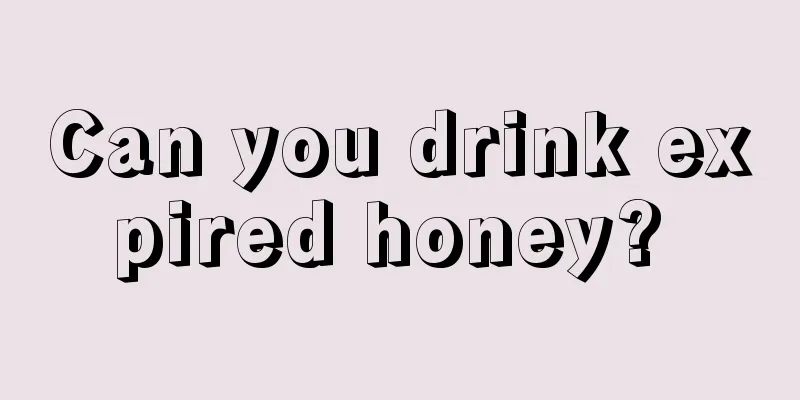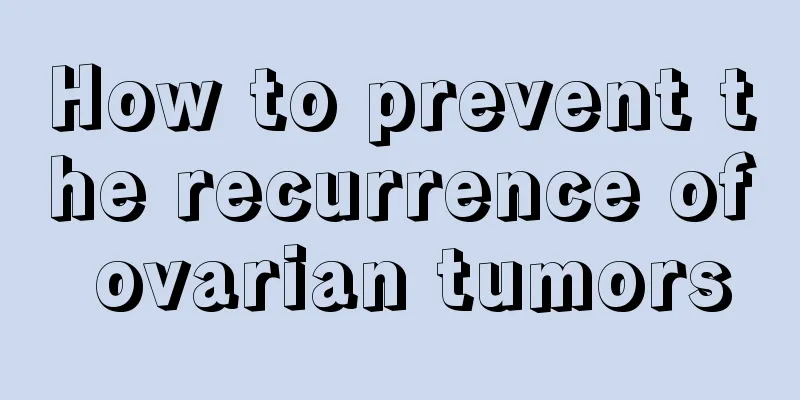How to treat intermittent strabismus

|
There are many methods for the treatment of indirect strabismus, such as ciliary muscle paralysis refractive examination or the use of prisms and shading therapy, as well as surgical treatment. However, we all know which treatment methods should be used, and we must also pay attention to examinations and make decisions based on the patient's condition. 1. Refractive examination for ciliary muscle paralysis Patients with obvious refractive errors, especially astigmatism and anisometropia, should have all corrections to ensure a clear retinal image; patients with myopia should have full corrections; for patients with exotropia and hyperopia, correcting hyperopia will reduce accommodative convergence and increase exotropia. Whether full or partial correction is needed depends entirely on the degree of hyperopia, the patient's age and AC/A ratio. Usually, infants and young children with an A/D value less than +2.00D do not need correction. For older patients, correcting hyperopia is usually necessary to avoid refractive fatigue. Elderly people have exotropia and presbyopia, and their accommodation is weakened. If they have hyperopia, they need correction and can be given the minimum degree to facilitate near vision. 2. Negative spherical lens Using a minus lens to correct intermittent exotropia can be used as a temporary measure, or placed in the upper half of the bifocal lens to treat excessive dilation; or placed in the lower half of the bifocal lens to treat insufficient convergence, stimulate accommodative convergence, and control exotropia. This treatment method should not be recommended. Children treated with this method often suffer from visual fatigue. 3. Prism and occlusion therapy Base-inward prisms can strengthen the stimulation of the fovea of both eyes. About 1/2 to 1/3 of the deviation can be corrected by prism stimulation and fusion. Recently, some people have proposed that in the early stages of intermittent exotropia, patching is a good non-surgical treatment method. With this method, about 40% of patients can change their manifest strabismus (looking at the distance) into latent strabismus. In the early stage of intermittent exotropia, surgical treatment is not recommended because it is latent exotropia most of the time, the number of manifest exotropia is not frequent, and the deviation is not large. 4. Surgical treatment There is still controversy about the most appropriate age for exotropia surgery. Some people advocate that the earlier the surgery is performed, the better, otherwise it will become a constant exotropia. Lyle believes that since most intermittent exotropia patients have good fusion ability for distant vision and binocular vision, the results of surgery after 2 to 3 years old or 10 years old are almost the same and can be observed for several years. Jampolsky advocates delaying surgery for infants and young children with immature vision to avoid overcorrection, using a negative spherical lens to enhance fusion, and alternating occlusion to prevent inhibition. If fusion function deteriorates rapidly or the oblique angle is stable, surgery should be considered. |
<<: How to effectively prevent radiation
>>: My throat hurts, what should I do?
Recommend
What folk remedies can eliminate the unbearable pain of hemorrhoidal edema
Nowadays, many people work in offices and need to...
How to avoid "cutting feet to fit shoes" when wearing high heels for a long time
I believe every girl has a pair of high heels of ...
Introduction to essential oil skin care steps
In fact, everyone loves beauty, whether it is fem...
What to do if you have an ugly mouth
Many people with not-so-nice mouths feel that the...
What is the muscle next to the neck called
There is a muscle between our neck and shoulders ...
Beer brewing process
Beer is a very common drink in people's daily...
How to treat throat stones
Many people often suffer from enlarged tonsils du...
The most effective method for treating small cell lung cancer
What is the most effective way to treat small cel...
A brief discussion on the causes of prostate tumors
Everyone wants to have a healthy body, but prosta...
What are the best plants for indoor potted plants?
Indoor potted plants are very important for peopl...
Symptoms of peach hair allergy
The weather is getting warmer day by day, and the...
What should I eat more if my body is lacking enzymes
The human body has a variety of enzymes with diff...
Can sinusitis cause high blood pressure?
In fact, patients with hypertension do not get th...
Is it a misdiagnosis to find gastric cancer in a barium meal? This answer is the correct one
Can gastroscopy be misdiagnosed as gastric cancer...
Boil honeysuckle and bitter melon in water for bathing
Honeysuckle and bitter melon are both plants that...









